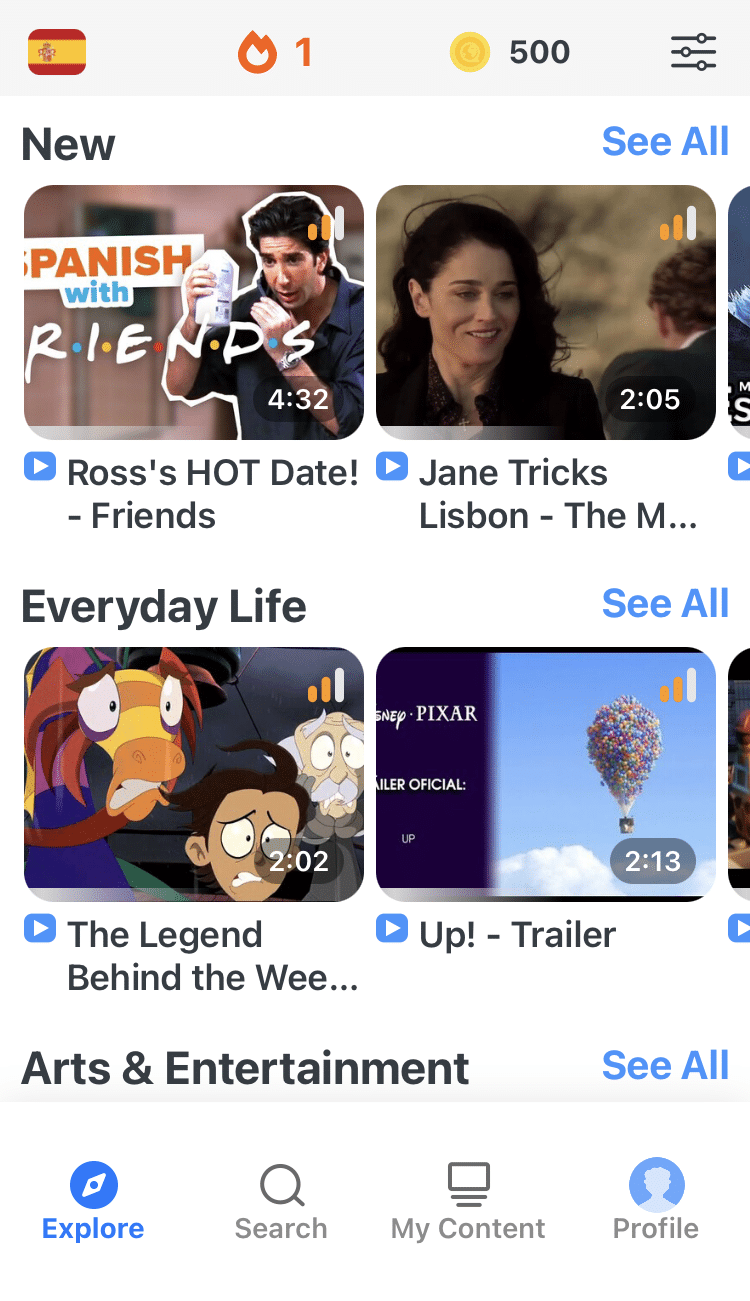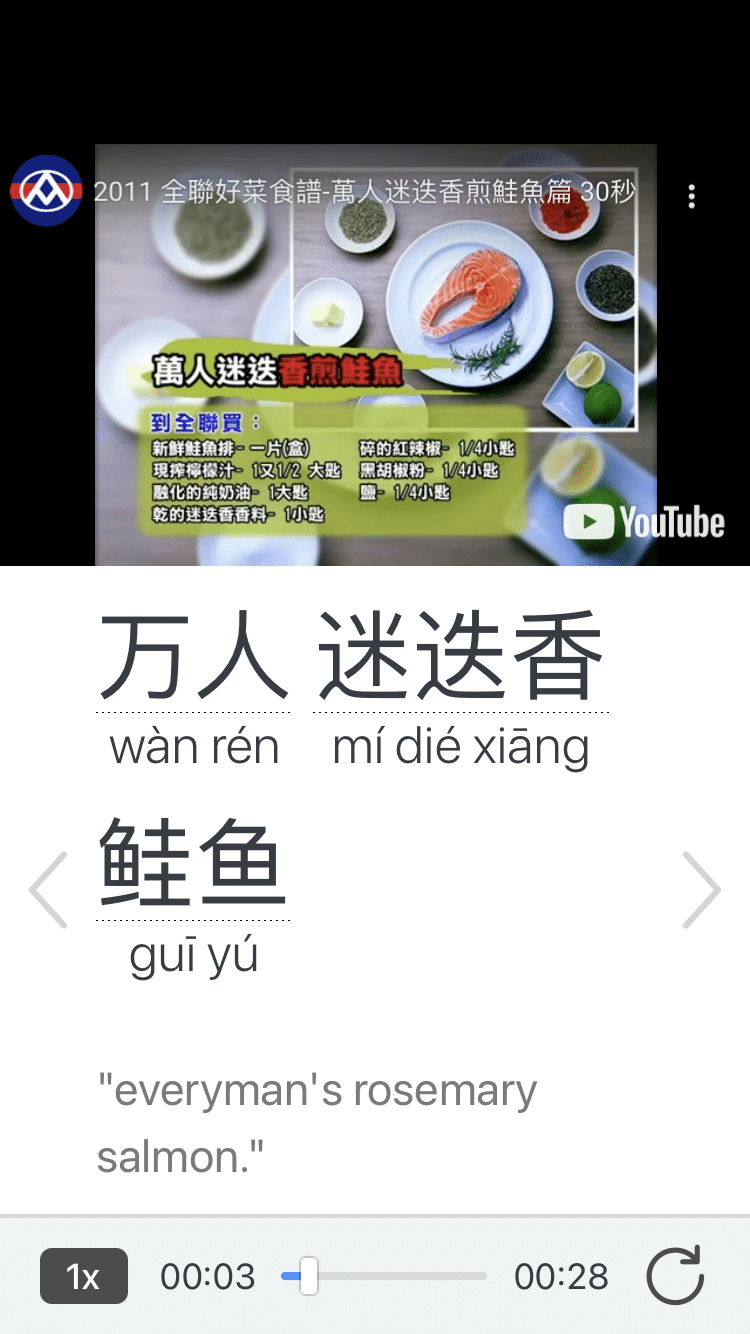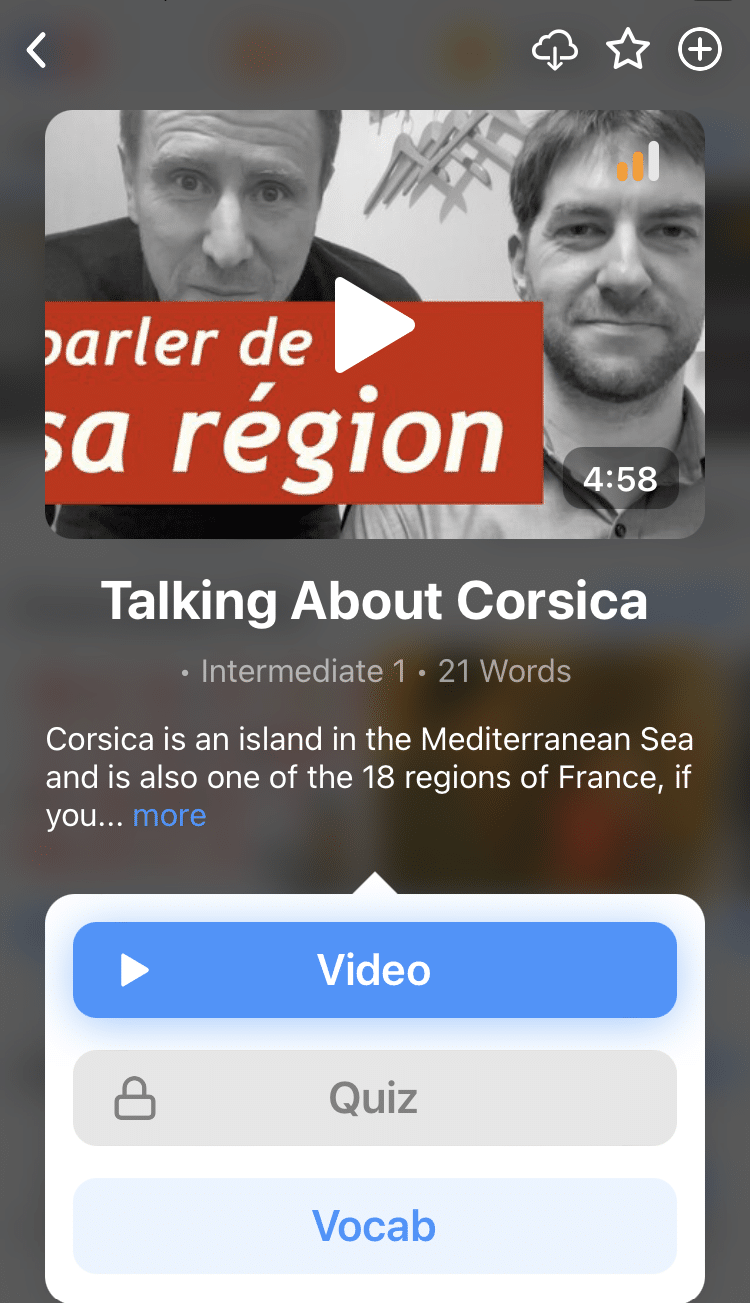
How to Start Watching the News in a Foreign Language
You’ve probably heard the best way to learn a language is full immersion, but you can get that without traveling to a new country.
Much like travel, the news can offer in-depth awareness about a different language, society and culture. And it all comes in bite-size pieces.
Today, we’ll be going over why and how you as a language learner can use the daily news to boost your skills.
And we’ll be sharing some great online and offline resources you can use to get news in multiple languages.
Contents
- Learner-friendly News Resources
- Television and Video News
- Newspapers and News Sites
- Getting the Most Out of Any News Source as a Language Learner
- And One More Thing...
Download: This blog post is available as a convenient and portable PDF that you can take anywhere. Click here to get a copy. (Download)
Learner-friendly News Resources
These sites offer the news rewritten as simply as possible. Others are geared towards native speakers but seek to compress or simplify the news for other reasons (to appeal to commuters or busy people, for example).
These sites are great for beginners and they can benefit elementary and pre-intermediate level learners as well when used in conjunction with standard news outlets.
Depending on your language level, you can use these simplified and short-form news sites to ensure that you’ve understood some of the essential details of a story and, in some instances, correctly determined some of the vocabulary used by newscasters.
- Chinese: Decipher Chinese
- English: News in Levels
- French: 20 Minutes
- German: Nachrichtenleicht
- Italian: News in Slow Italian
- Japanese: NHK News Web Easy
- Korean: VOA Korea
- Russian: News in Slow Russian
- Spanish: Hola qué pasa
Keep in mind that some of these resources were designed specifically for use by students and second-language learners, meaning as you progress, you’ll find that the vernacular is just a little different. As an example, Nachrichtenleicht for German learners tends to break up longer German words for the sake of an easy reading experience.
Don’t see your target language above? Or think you could benefit from a more advanced site that still caters to learners? Foreigncy provides more advanced language learners with the news through both text and video before presenting a variety of different activities. Currently the languages available are Chinese, Russian, Arabic, Hebrew, Persian and Urdu.
Don’t worry if some of these websites seem to be above your level. Maybe you’ve only just started to master the basics. Using some of the tips we’ll discuss below, you’ll still be able to follow along using whatever skills you do have.
If you’re looking to use news clips to learn a language at any level, you might want to check out the language learning program FluentU. FluentU takes authentic videos—like music videos, movie trailers, news and inspiring talks—and turns them into personalized language learning lessons. You can try FluentU for free for 2 weeks. Check out the website or download the iOS app or Android app. P.S. Click here to take advantage of our current sale! (Expires at the end of this month.)

Below, we’ll look at some direct sources for authentic video content, and how to use video content to your advantage.
Television and Video News
While newspapers help you develop your reading skills, video reports can help you practice your listening skills. First and foremost, that means you can’t just watch news videos like you would a TV show. You have to pay attention. Passive learning is not so effective here.
Nowadays you can access all kinds of video content pretty easily as long as you have a device with a screen. Networks out there have expanded by posting news clips on sites like YouTube, which will actually help a lot since you’re free to pause and repeat a story as many times as needed.
Here are a few useful channels:
- Chinese: CCTV
- English: BBC News
- French: France Info
- German: DW Deutsch
- Italian: Euronews
- Japanese: FNN
- Korean: TV Chosun
- Spanish: BBC Mundo
If the news articles and reports you encounter seem to be above your level, don’t be discouraged. Proceed slowly with the tips below and/or check out the simplified resources above!
Pay attention, repeat words and phrases
While you’re watching, pay attention to the vocabulary being used and repeat as many words as you can, trying to match the newscaster’s pronunciation as closely as you can. It might feel a little funny at first (especially if you tend to read the news in public places) but eventually you’ll get used to it.
Try this with the words you know first, and when you feel you’re ready, or if you want to challenge yourself a little, try to pick out new words from the report.
Focus on one story
If you’re watching a playlist or watching television, it’s tempting to try and keep up with as much news as you can even if you don’t understand it, but when you’re learning through video, it will probably be more effective to select a single story and focus on it until you’ve learned as much as you can from it.
That way you’re not overwhelming yourself with news (which is often pretty bleak anyway!).
Newspapers and News Sites
Just a beginner? Don’t be intimidated by the thought of whole blocks of text in your target language. There’s a lot to work with regardless of your level.
If you’re just starting out, it might be better to concentrate on the many headlines throughout a newspaper or website. Deciphering headlines is a great way to start reading because they’re written to summarize entire articles and generally use simple words.
If one of your goals is to increase your awareness of a different nation or culture, you may wish to browse the web for a news site based in the area in question, starting with their major publications.
Big news sites are generally easy to navigate and stories are neatly categorized, making reading that much easier. To save you some time, we’ve got just a few useful news outlets here to get you started:
- Chinese: CCTV.com
- English: BBC.com
- French: Le Monde
- German: Spiegel Online
- Italian: La Repubblica
- Japanese: Yomiuri Online
- Korean: Chosun.com
- Russian: Russian.RT.com
- Spanish: El País
Skim first
When you’ve grown accustomed to reading headlines, the next step is to grow accustomed to absorbing information from the body of an actual article. Most news articles are structured so that the first paragraph offers a brief summary, while the rest of the article expands on that information.
If you’re an elementary level learner, a great way to use an article is to first skim its body for relevant information and see if you can piece together what the story is about.
Note down vocabulary
Don’t fret about understanding specific words in the beginning. As you progress and as you go through articles, you might find that it’s worthwhile to note down new words to start expanding your vocabulary, trying to figure out a word’s meaning through context.
This particular activity might be a bit too challenging for beginners or elementary level learners, but remember that it’s fine to stick with skimming for a while.
Challenge yourself to rewrite an article
If you’re advanced enough and have got someone to help you learn your language, like a friend, exchange partner or tutor, you can use newspapers to help you practice writing.
One great activity you can try is rewriting an article. Read through a story and then write it in your own words, allowing the other person—who may or may not be wholly fluent in the target language—to assess your work or see if they can extract enough information to understand it.
Getting the Most Out of Any News Source as a Language Learner
Now that you know just how useful the daily news can be, it’s time to take a look at a few things to keep in mind as you browse through.
Take notes!
It’s useful to keep a notebook and pen handy while you learn so you’re always ready to note down any new words you come across. Many language learners find that keeping a record of some kind, such as a language journal, improves their learning experience.
Consider learning with a language exchange partner
Learning by yourself is no easy task, so you may benefit more if you have an exchange partner to support you throughout your progress. It’ll open up the gates to a variety of different activities that’ll help you grasp your target language more easily.
Having a partner beside you while you watch or read the news can lead to discussions or debates in your target language, both of which are incredibly useful activities.
Consider the larger cultural and political context of news stories
One last thing worth mentioning is that news reports don’t necessarily reflect all realities with as much accuracy as you might expect. This is a tip for developing an understanding of a culture and a country as much as it is for learning a language within an important cultural context.
While many outlets strive to remain unbiased in their approach, others are more willing to adhere to a certain viewpoint, and all sources have their own perspectives and limitations.
Take each story with a grain of salt, and also think about how the viewpoint and presentation of each story fits within the larger context of the culture and language you’re learning.
Pay attention to different perspectives, and then judge for yourself!
So, now you can go ahead and dive into the news for countries of language that you’re learning.
You’ll find that your cultural and linguistic knowledge improves as you keep practicing with news in different languages!
Download: This blog post is available as a convenient and portable PDF that you can take anywhere. Click here to get a copy. (Download)
And One More Thing...
If you dig the idea of learning on your own time from the comfort of your smart device with real-life authentic language content, you'll love using FluentU.
With FluentU, you'll learn real languages—as they're spoken by native speakers. FluentU has a wide variety of videos as you can see here:
FluentU has interactive captions that let you tap on any word to see an image, definition, audio and useful examples. Now native language content is within reach with interactive transcripts.
Didn't catch something? Go back and listen again. Missed a word? Hover your mouse over the subtitles to instantly view definitions.
You can learn all the vocabulary in any video with FluentU's "learn mode." Swipe left or right to see more examples for the word you’re learning.
And FluentU always keeps track of vocabulary that you’re learning. It gives you extra practice with difficult words—and reminds you when it’s time to review what you’ve learned. You get a truly personalized experience.
Start using the FluentU website on your computer or tablet or, better yet, download the FluentU app from the iTunes or Google Play store. Click here to take advantage of our current sale! (Expires at the end of this month.)





